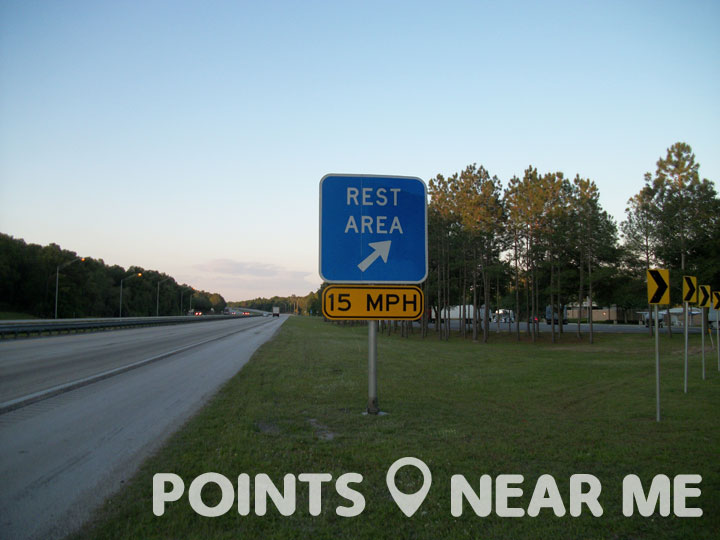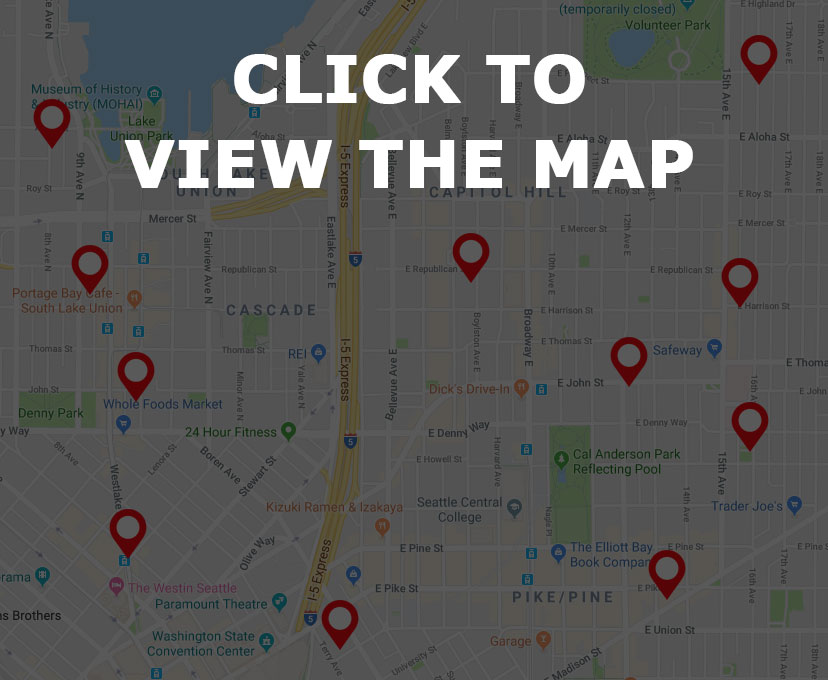Rest Stop Near Me
While traveling, few things are more important than the highway rest stop. After a few hours on the road, every driver and passenger needs a place to stretch their legs, fuel up on snacks, and hit the bathroom. Unfortunately, finding a rest stop is sometimes easier said than done.
Are you interested in finding a rest stop near your current location? Simply browse rest stop near me on the map below and find a list of rest stops located near your current location. Need a bit more information on rest stops and tips for traveling safely? Read on for interesting facts, trivia, and more! You might just learn something brand new.
Rest Stop Near Me – Find it on the Map
Rest Stop Near Me – Rest Stop Trivia
When were rest stops first implemented?
Every driver knows how important a rest stop can be when you’re on the road, but just when did rest stops first become a highway staple? Well, not as soon as you’d think. Rest stops were first implemented in the mid to late 1950s. They were constructed as a part of the Interstate Highway System and were designed to look like roadside parks. The initial goal was to provide comfort amenities to the traveling public. This meant that the most basic rest stop included toilet facilities, drinking water, picnic grounds, and information dispersal in the form of maps, guidebooks, and even coupons. The earliest rest stops had little regard for design or overall aesthetic. In the 1960s, rest stops began to feature unique and colorful expressions of regional flavor along with modern architectural design elements. By the the mid-1960s, rest stops became colorful beacons calling travelers in from monotonous nature of highway travel, offering just a bit of respite from the high paced nature of life on the road. Nowadays, there are several types of rest areas. Basic rest areas offer only picnic areas and a place to relax for a few hours in while on your journey. A typical rest area offers picnic areas, vending machines for snacks, coffee and drinks, as well as restroom facilities. Non-state mandated rest areas can include chain restaurants, gas, and even showering facilities. As you search rest stop near me, consider your personal needs.

Finding a rest stop doesn’t have to be difficult!
How is the distance between rest stops determined?
We all know the feeling of being on a long trip and needing a break only to find you just passed a rest stop and can’t go back. If you miss a rest stop, how long will it be until the next? Well, in general, the distance between rest stops is determined on a static scale, which means even if you pass one rest stop, another should come up shortly. According to federal policy, about every half hour or driving or so there should be at least a place to stop and take a break. This includes state run rest areas, commercial rest stops, travel centers, and regular city exits that boast easy on/off access to food and toilet facilities. In other words, the placement of official state run rest stops is calculated based on the existence of non-state run places to pull over. If you are driving through a very rural part of a state, you may find two state run rest stops within a half hour of one another. If you are driving in a pretty populated area that features many commercialized places to pull off, you may only find one. The purpose of a rest area is to provide a safe and convenient places for individuals to take a break, as stipulated in the original Federal Aid Highway Act of 1956 which served to created the National Interstate System. The act fully recognized and accounted for the fact that in some rural areas of the country, there would be few interstate opportunities to exit the highway. Since shoulders are designed for emergencies and breakdowns only, the necessity for frequent rest stops became a basic need rather than a privilege. As you search rest stop near me, think about how the amount of rest stops you encounter can differ based on the overall population of the areas you are traveling through.
Rest Stop Near Me – Rest Stop Facts
Regional Character
One thing you may notice while traveling or searching rest stop near me is the prominence of regional flair featured in many rest stops. In the early 1960s and 1970s, many states viewed the rest stop as a true opportunity to show off a facet of the area’s regional character. Often times rest stops were the only real contact a driver would have with a local region, meaning they had to make the most of the time spent their. Some prominent local rest stops include South Dakota who is famous for their teepee tent rest areas. Texas has picnic tables nestled under oil rig towers. Pennsylvania highlights the natural beauty with log cabin rest stops and in Kentucky you’ll find an 1860s rest stop that is housed in a Southern mansion. Though these rest stops can be a lot of fun for the driver and the state who owns them, some areas have begun to question just how necessary rest stops are in the 21st century. As a way to cut down the budget, many states have taken to closing down rest stops. In 2009, Virginia closed 19 of its 42 rest areas despite public outcry.
Rest Area Safety Tips
For the most part, you’ll find that rest areas are very safe places to pull off and take a break, but sometimes crime can happen at a rest area or travel center. To combat anything that may happen, the government asks that all travelers follow a few key safety tips.
1. Always stay alert
While driving at night, it can sometimes seem easier to just pull off at the first place that seems okay, but at night you should only every stop at a well light area. Before you even step foot out of the car, put it in park and verify that you have cell phone coverage at that particular rest area. If you don’t, keep driving until you find one that does. This is especially true if traveling alone. Many perpetrators will pounce on the fact that a victim doesn’t have cell service and use it to their advantage.
2. Protect what is yours.
Even if you’re just running to the bathroom or hitting up a vending machine, take your cell phone with you, but leave your other belongings such as cash, wallet, purse, and other electronics hidden and locked in your vehicle. By carrying money on your person, you’re making yourself a target for potential thieves.
3. Don’t go it alone.
Always walk with someone to the bathroom, vending machine, and other areas. If you’re traveling alone, try and avoid rest stops at night. Instead, opt to take a break at a gas station or restaurant.
4. Never sleep in your car.
Even if you’re tired and in need of a long break, sleeping at rest areas can make you vulnerable to attackers. In fact, many states have made it illegal. Spend the night at a hotel or campground nearby. They may cost more money, but you’ll have peace of mind.
5. Plan ahead
While you’re searching rest stop near me, plan ahead and find rest area on your route which are safe to stop at. Read reviews from other individuals who have stopped their. If there aren’t any good options, plan stops in different cities or towns.












